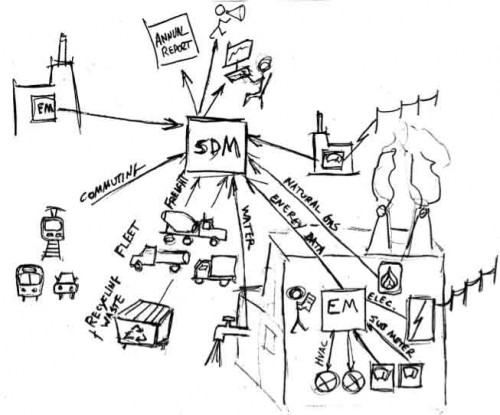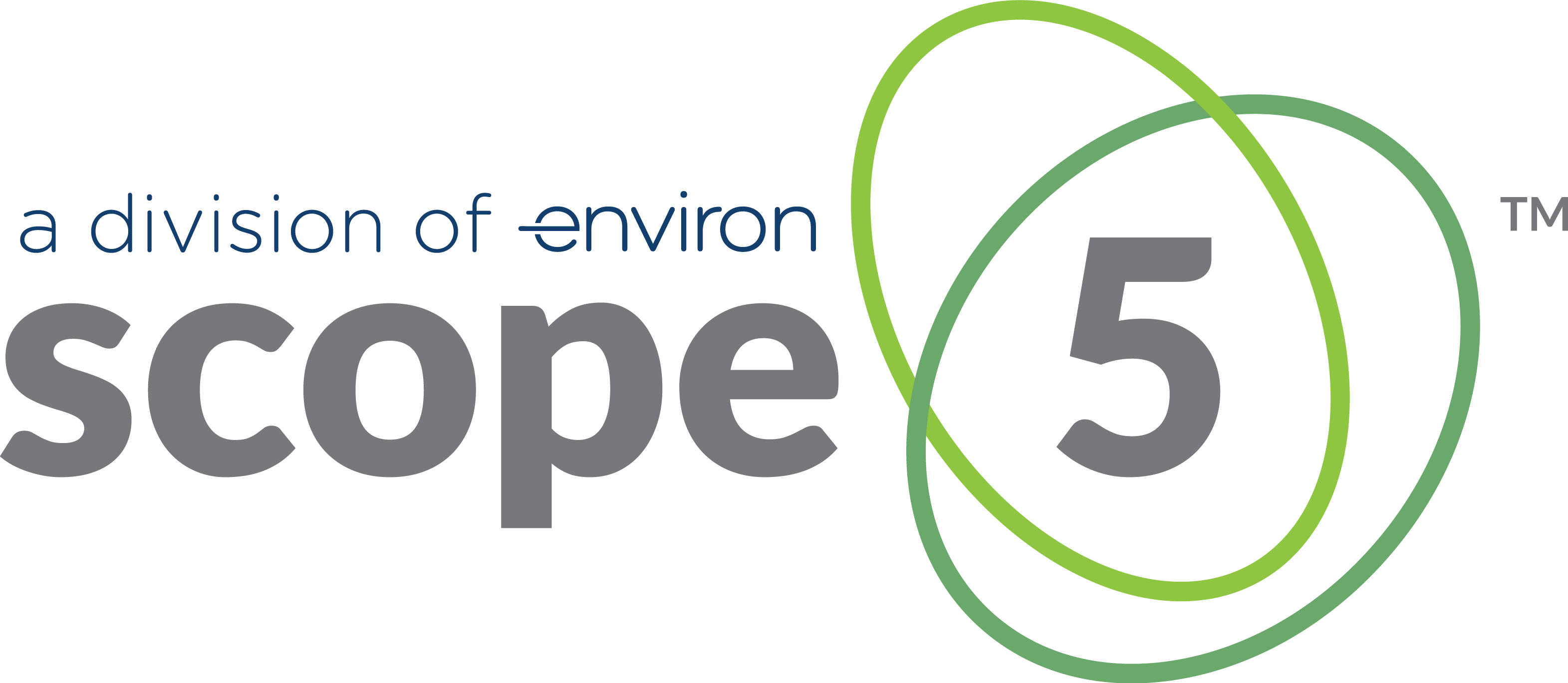The landscape of sustainability data management tools can be dauntingly complex. One of the most common pitfalls that we see is the confusion between energy management tools (EM tools) and more general sustainability data management tools (SDM tools). In this post, we’ll briefly explain the difference between the two.
Generally, EM tools are targeted at facility managers, operators and engineers that are faced with the day-to-day challenges of optimizing a facility’s energy use. These tools tend to:
- Focus on brick and mortar facilities.
- Focus primarily on electricity, secondarily on stationary combustion fuels such as natural gas, and in some cases, water and waste.
- Connect to sensors and actuators (e.g. branch sub-meters, fan motors, valve controllers)
- Operate in the one second to fifteen-minute sampling interval range.
- Provide deep and rigorous analytics relative to individual machines or systems within a facility.
- Be designed for use by facility managers and engineers.
EM tools range from the simplest residential building data monitoring applications (for example, for reporting to Energy Star’s Portfolio Manager) to complex industrial energy management applications that may take signals from a smart grid, from external weather, etc. and adjust demand or control HVAC systems in real time. These tools can help facility operators eke every last bit of efficiency out of a complex system.
SDM tools generally operate at a higher level, rolling up a broad range of sustainability metrics and calculating costs, impacts and risks, for the purpose of making high-level, long term sustainability decisions, reporting to various stakeholders in various forms and driving employee engagement and behavior change.
In comparison to EM tools, SDM tools tend to:
- Support all sorts of facilities, including brick and mortar facilities but also vehicle fleets, employee groups (e.g. commuting behavior), parks, supply chain, etc.
- Support a broad range of sustainability related activities, indicators and metrics ranging from electricity and heating fuels to waste, water, materials (such as paper), employee commute, business travel and social and governance indicators.
- Embed emissions, cost and other conversion factors to convert raw activity data to impact data.
- Collect, roll up and present data but not control devices or systems directly.
- Sample data at a coarse temporal granularity – often monthly, occasionally daily, but rarely more often than that.
- Offer analytics that overlap with those of energy management tools; SDM analytics are generally less rigorous – for example – they may readily identify under-performing facilities but not individual machines or circuits within a facility.
- Be designed for use by sustainability managers and executives, green team members and rank and file employees.
Data from EM tools is often rolled up into an SDM tool alongside other data. As such, SDM tools and EM tools tend to be complementary and are often deployed side-by-side, each serving a different purpose.

Figure 1 – Energy Management & Sustainability Data Management
In this illustration, we see a couple of facilities with EM tools that are connected to HVAC controls, electricity sub-meters and the electricity grid. We also see an SDM tool that is collecting data from multiple facilities’ EM tools as well as commuting, fleet, freight, recycling, waste and water data. In one case, the SDM tool is collecting electricity data directly from a facility, without the benefit of the intermediate EM tool.
